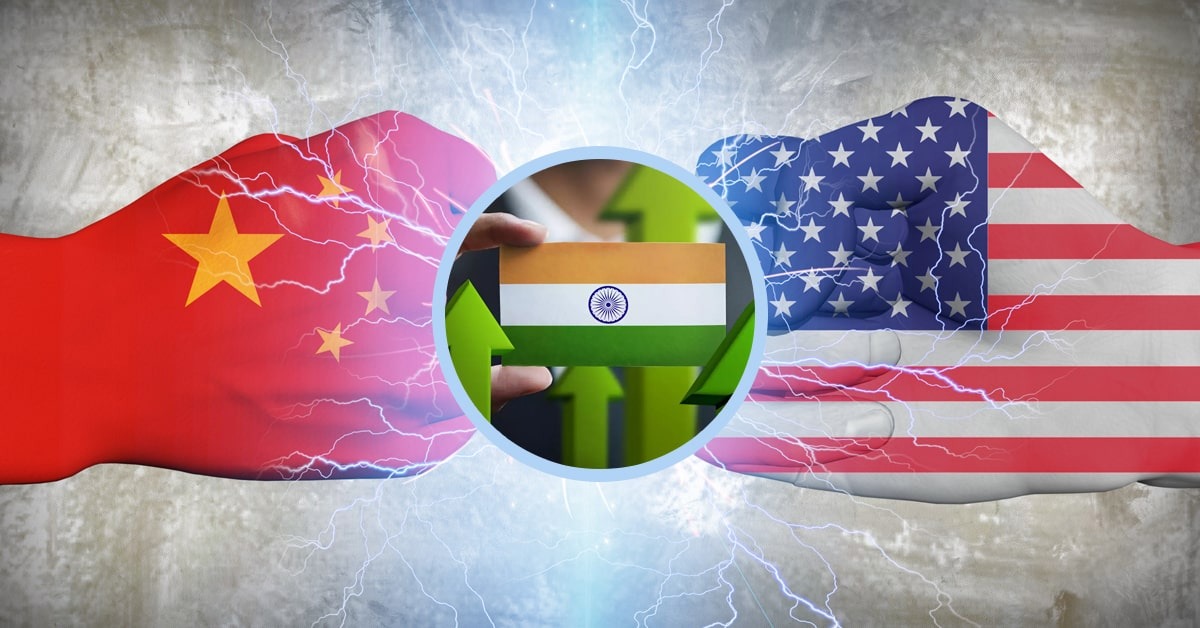The Indian government has set up a panel to keep a close eye on imports with the intention of identifying any possible dumping of products, especially from nations such as China and Vietnam, which are subject to U.S. tariffs. This is one of India's steps to manage the intricate game of global trade tensions, particularly between the U.S. and China.
-
Import Monitoring Panel: The group of ministers will monitor imports, targeting sectors like electronics, chemicals, and steel, where subsidized and cheap imports from China are a problem. The panel consists of members from commerce, revenue, and industry departments and trade bodies.
-
Trade Tensions Effect: The continuing U.S.-China trade tensions continue to impact India's export and trade situation. The new U.S. tariffs on China have opened opportunities for Indian exporters, especially in industries such as textiles and pharma.
-
Relief for Exporters: The 90-day moratorium on U.S. reciprocal tariffs has brought relief to Indian exporters, particularly the shrimp sector exporters. This moratorium will allow for diplomatic talk and trade discussions, which have the potential to result in a better trade pact.
-
India-U.S. Trade Agreement: India and the U.S. are aiming to seal the first phase of a bilateral trade agreement by fall 2025. The aim is to boost trade relations and possibly double bilateral trade to $500 billion by 2030.
-
Strategic Engagement: India was one of the first countries to launch trade negotiations with the U.S., demonstrating its proactive strategy in securing favorable trade agreements in the face of global uncertainties.
This strategic alignment is indicative of India's resolve to ensure economic stability while tapping potential in the international trade market.
Source: KNN India, Times of India, Economic Times

